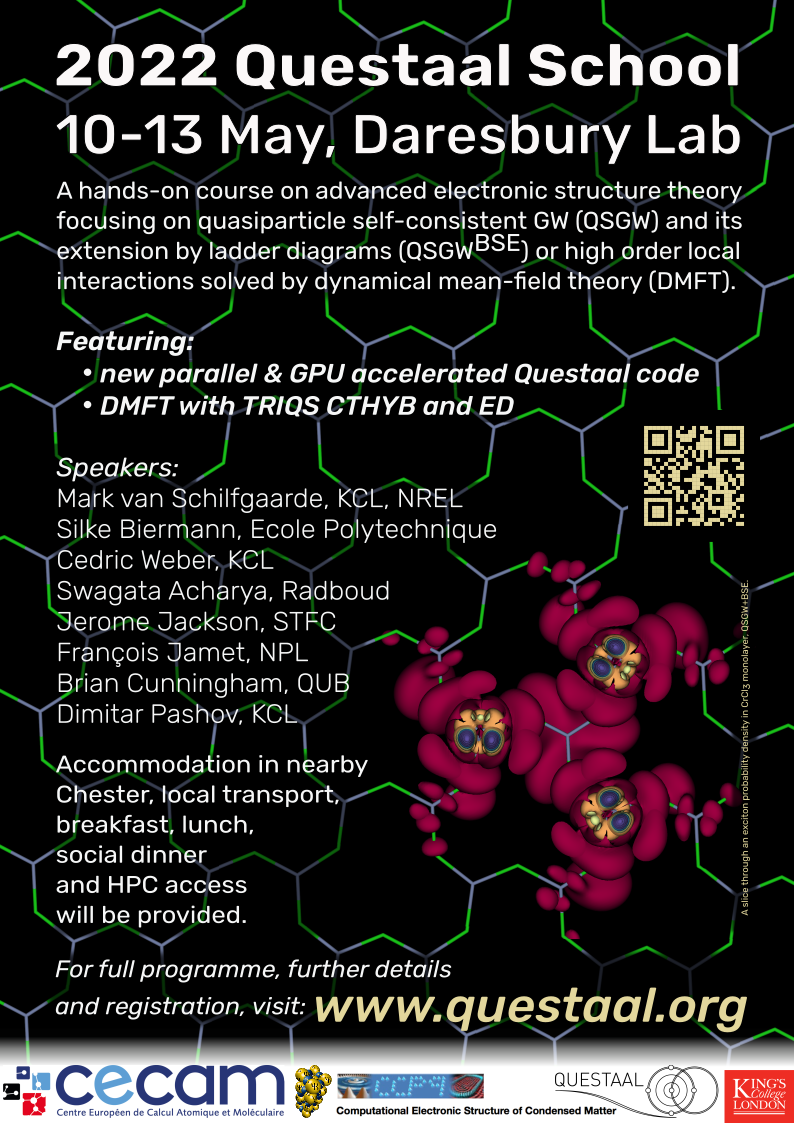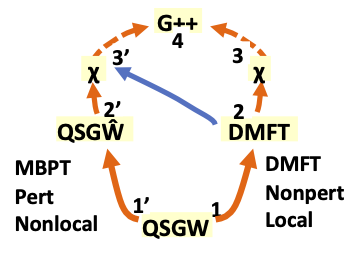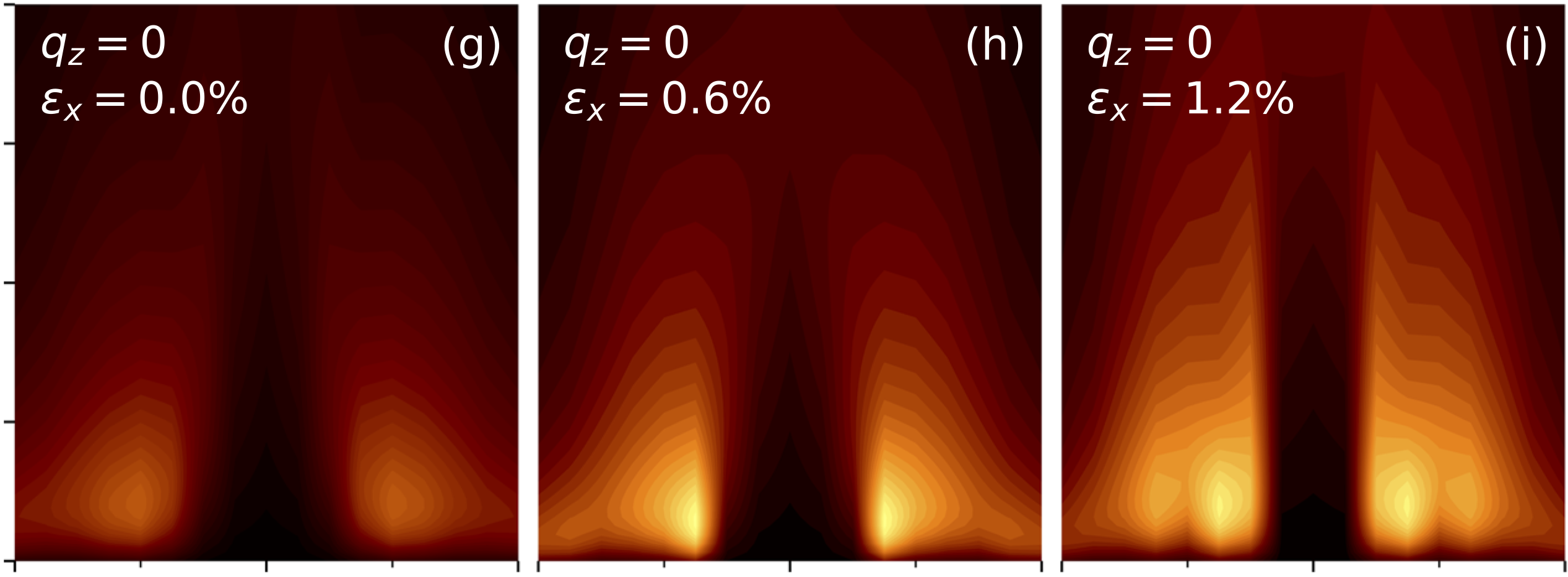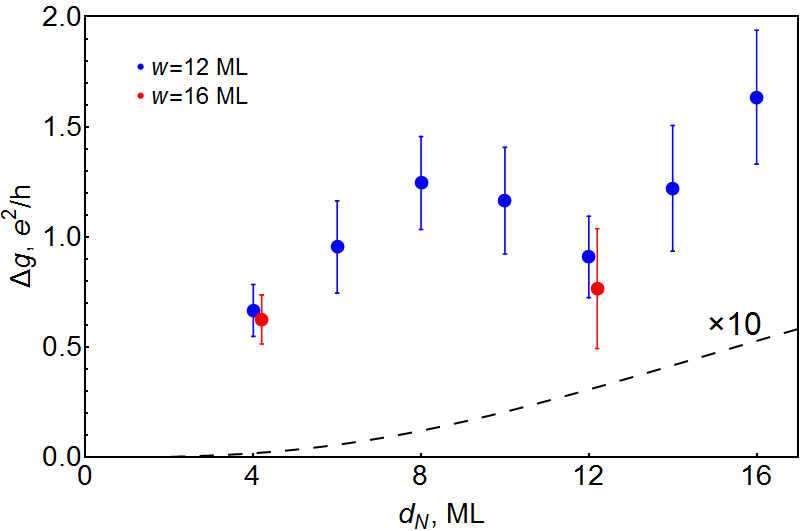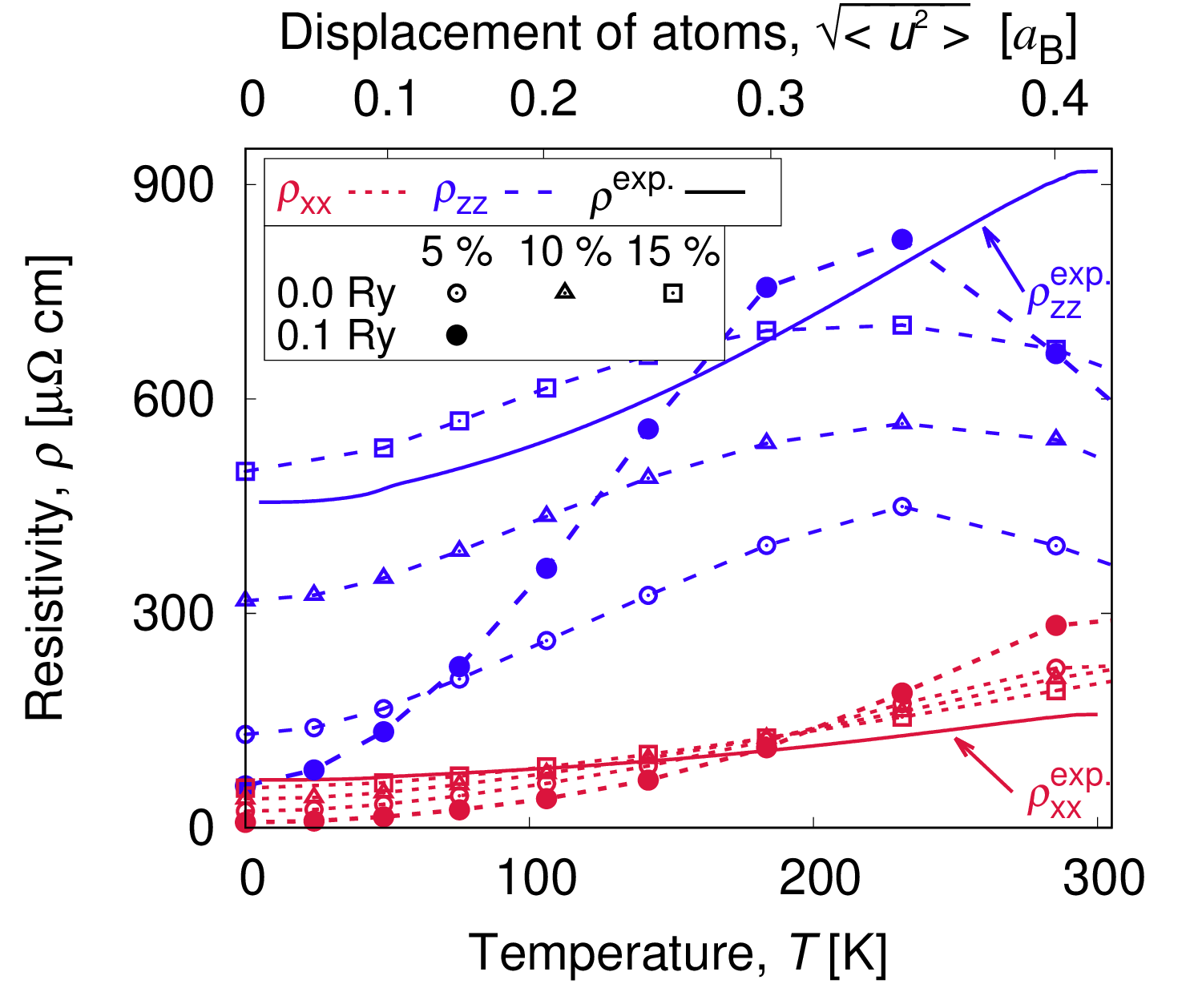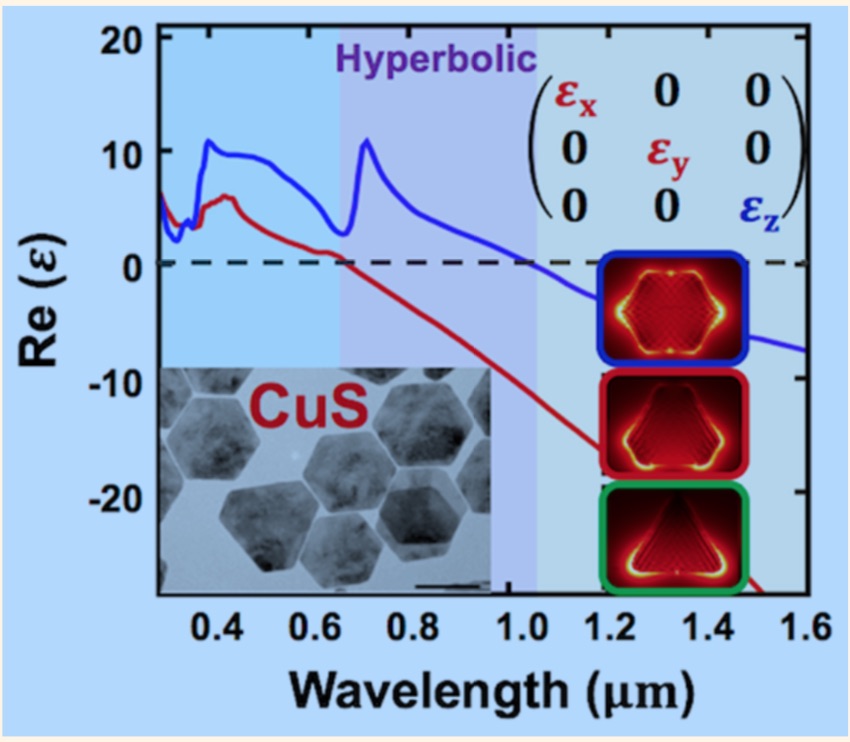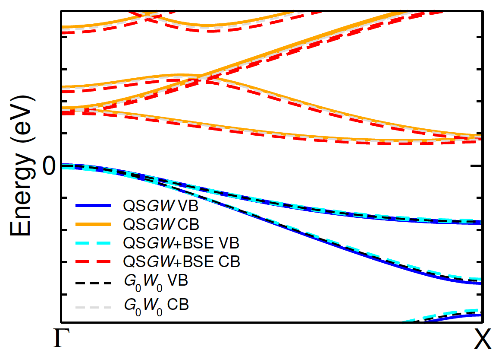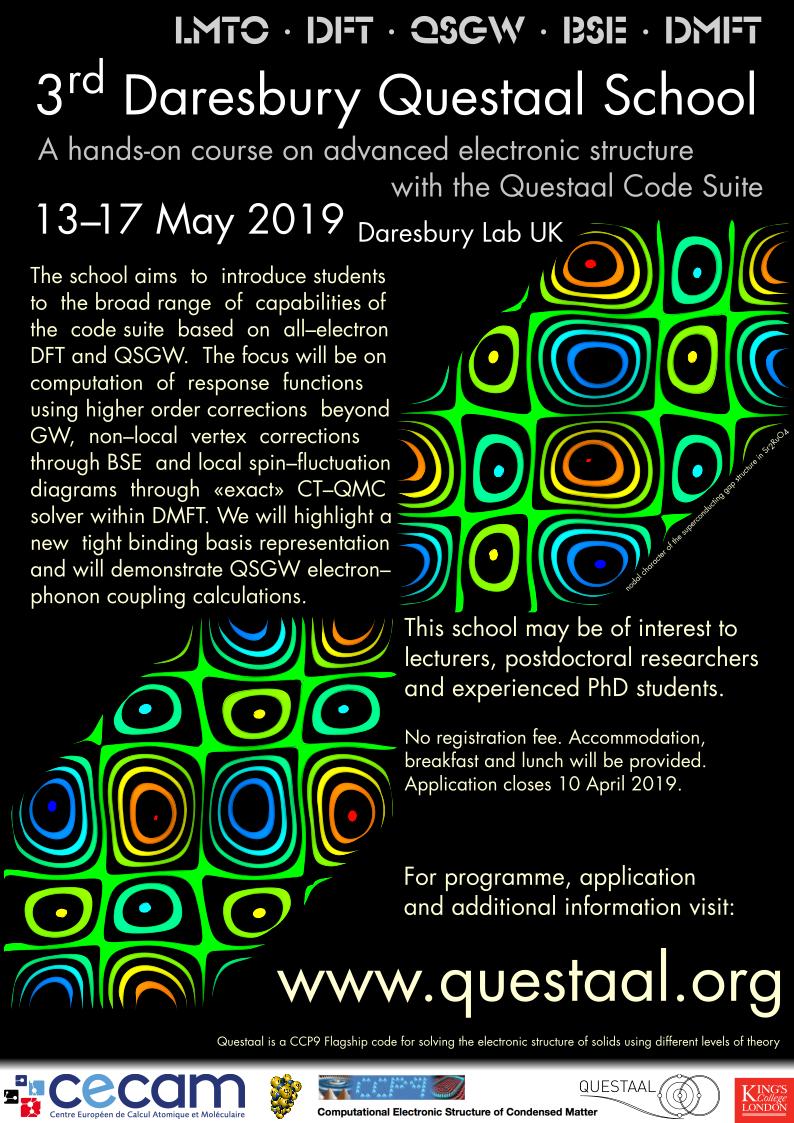Navigation
- About
- News
- Functionality
- Documentation
- Tutorials
- Tutorial Index
- Overview
- Generating Input Files
- DFT
- Basic Introduction: Si
- Detailed Introduction: Lead Telluride
- Detailed Introduction: The Input File
- Plotting Energy Bands
- Finding Extremal Points and Effective Mass
- Making Partial Densities-of-States and EELS
- Plotting Charge Densities
- Performing Molecular Statics
- lmf Basis Set and Convergence
- Adding Augmented Plane Waves
- Basis Set Optimisation
- Noncollinear fcc iron, bands and spin texture
- GW
- QSGW + DMFT
- QSGW+DMFT with TRIQS
- Loading the QSGW Hamiltoninan in a Python Notebook
- Introduction
- Setting up the DMFT Loop
- Running the DMFT Loop
- Issues with Input and Parameters
- Charge + Static-magnetic Contributions
- The Density Loop
- The Maximum Entropy Method
- The Self-energy Loop and the Dynamical Double-counting
- Analyzing Spectral Functions
- Tight Binding
- DFT-ASA
- ASA Crystal Green Functions
- ASA Layer Green Functions
- Physical Application
- Miscellaneous
- Workshops


